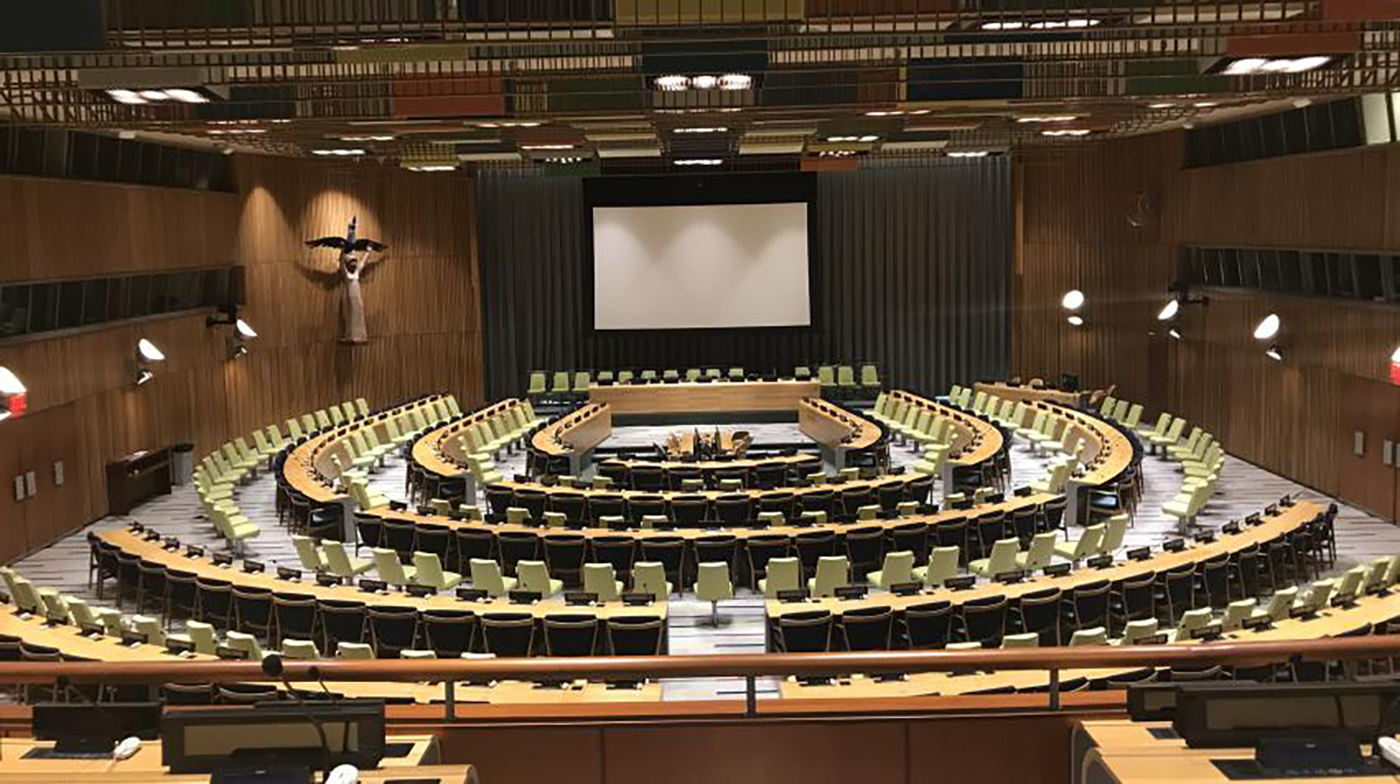delivered at the Scientific/Technical Experts’ Briefing on Nuclear Weapons Practices and Policies
Vienna, Austria
GSI organized this briefing session to give advocates for nuclear non-proliferation and disarmament confidence that empirical evidence favors their arguments over those who want to maintain the status quo.
There is an abuse of the term “realism.” Claims by so-called “political realists” that it is not “realistic” to advance nuclear disarmament rapidly are not premised on scientific nor technical facts. The presentations in this session are designed to provide such facts that can effectively challenge these claims. An accurate approach to the subject matter, dealing with real world events, argues for rapid progress in disarmament.
“Political realism” is a term of art describing a set of beliefs through which to interpret and direct the policies of states. It may have value as a tool of rhetoric in advancing a particular policy but its claims of absolute truth are inadequate.
Realism in the field of national security makes many presumptions through which to interpret and guide the conduct of states. It presumes states are unitary actors, each acting purely in their own self- interest with a general distrust of long-term cooperation or alliances and, especially, subjugation to the rule of law. It fosters a belief that relations between states are determined by military and economic power, and that the use of morality and values in international relations is irresponsible and causes unnecessary dangerous conflicts. Only sovereign states really matter, assert the realists, and non-governmental organizations, multinational corporations, individuals and other sub-state entities have little significant influence. “Realists” believe mankind and the states we create are not benevolent, but rather self-centered and competitive. States are thus naturally aggressive, expansive, and in essence, power hungry.
So-called realists implicitly claim that those who do not agree with them are not realistic. This is an indirect form of ad hominem argument that avoids the substance of the matters being discussed and degrades those with differing opinions.
Science has an entirely different approach to claims of realism. Scientific inquiry uses experimentation and empirical data as the basis of claims of truth or validity. In this regard, those who say that it is not “realistic” to pursue the elimination of nuclear weapons because the cooperation needed to achieve it is not “realistic” will be challenged by the presentations in this program.
In the corridors of power, military planners always utilize graphs, charts, and statistics to claim their approach is true, realistic and correct. General George Lee Butler, former Commander-in-Chief of the US Strategic Air Command (1991–92) and US Strategic Command (1992–94), who was responsible for all nuclear forces of the American Air Force and Navy, has reported being amazed by how little high-level scrutiny the US nuclear war plan had received over the years, and by how readily his military colleagues threw up their hands and rolled their eyes at the grim challenge of converting mathematical estimates of the destructiveness of nuclear arms and the resilience of Soviet structures into dry statistical formulas for nuclear war. “It was all Alice-in-Wonderland stuff,” General Butler said. The targeting data and other details of the war plan, which are written in an almost unfathomable million lines of computer software code, were typically reduced by military briefers to between 60 and 100 slides that could be presented in an hour or so to the handful of senior US officials who were cleared to hear it:
“Generally, no one at the briefing wanted to ask questions because they didn’t want to embarrass themselves. It was about as unsatisfactory as could be imagined for that subject matter. The truth is that the President only had a superficial understanding” of what would happen in a nuclear war, Butler says. Congress knew even less because no lawmaker has ever had access to the war plan and most academics could only make ill-informed guesses.”
Yet, this smokescreen of unnecessary complexity has allowed those same military advocates to assert that those who disagree with them are “unrealistic.”
In the presentation in this session, Dr. von Hippel, a former White House assistant director for national security in Bill Clinton’s White House Office of Science and Technology, demonstrates that steps can be taken to realistically move toward a world without nuclear weapons, Amb. Tibor Toth demonstrates that international cooperation in strengthening the necessary institutions to control and constrain nuclear weapons can be done, and Dr. Rauf gives a sobering presentation of how far our capacities can actually take us to achieve a nuclear weapons free world. It is our belief that in using a scientific and technical framework for analysis our advocacy for a achieving a world without nuclear weapons will be improved.
Tibor Toth’s presentation:
Frank von Hippel’s presentation:
Tariq Rauf’s presentation:
The Q&A:
Jonathan Granoff is the President of the Global Security Institute, a representative to United Nations of the World Summits of Nobel Peace Laureates, a former Adjunct Professor of International Law at Widener University School of Law, and Senior Advisor to the Committee on National Security American Bar Association International Law Section.







